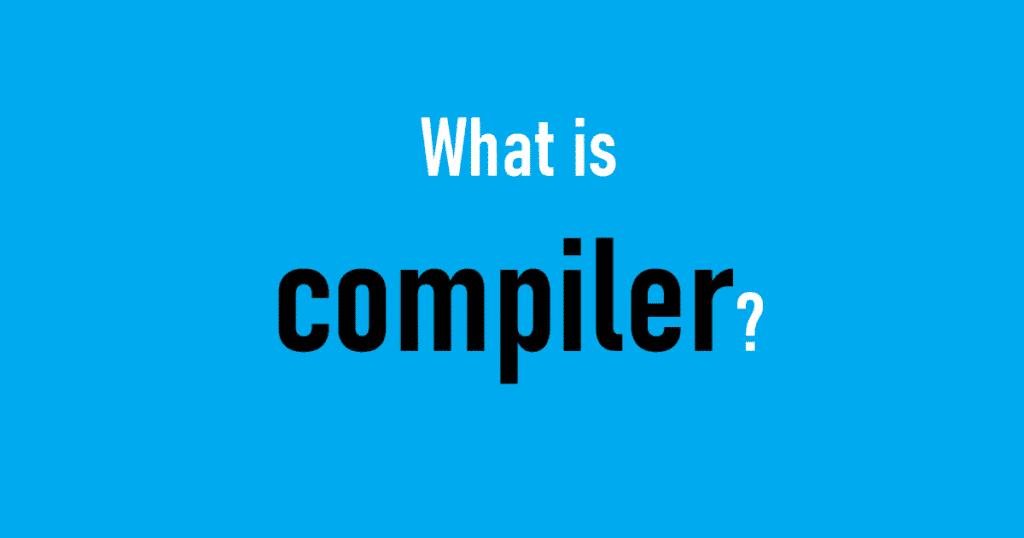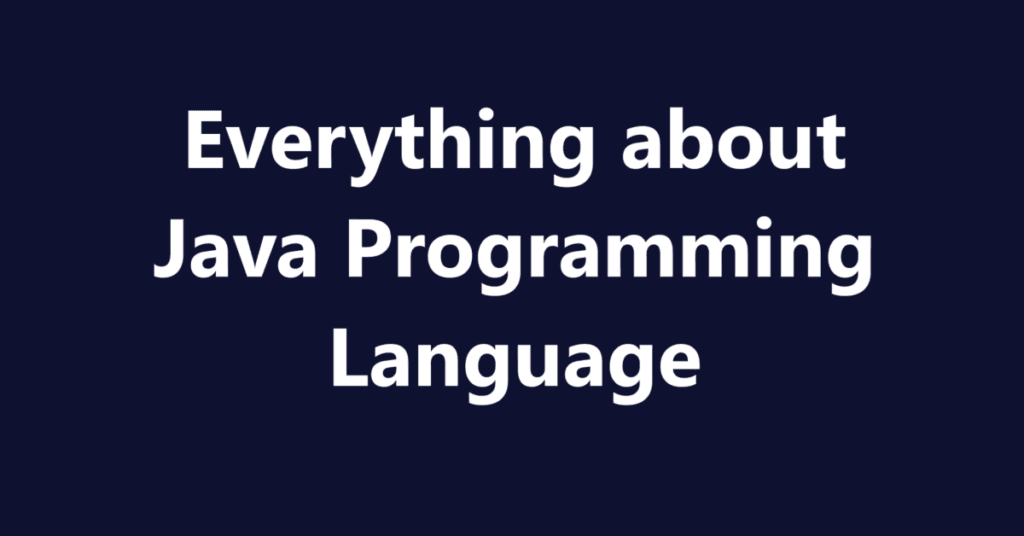Best Programming Languages. Choosing the “best” programming language is like picking the best tool from a fully stocked workshop. There’s no single answer, as the ideal choice depends entirely on the task at hand, your experience level, and your career aspirations. This article isn’t about declaring definitive winners and losers, but rather providing a comprehensive overview of 20 highly regarded and widely used programming languages in 2024, exploring their strengths, weaknesses, common applications, and prospects. This should equip you with the knowledge to make informed decisions about which languages to learn or leverage for your next project.
Best Programming Languages

OMG, you guys, the world of programming is bursting with amazing languages! Narrowing it down to the top 20 is HARD, but think of the possibilities! From Python’s readability to Java’s enterprise power, JavaScript’s web dominance to C++’s performance edge, there’s a perfect language out there for every project and every programmer! It’s like a candy store of code, just waiting for you to dive in and create something incredible! Let’s get coding!
Let’s dive in!
1. Python: The Versatile All-Rounder
- Description: Python is renowned for its clean syntax, readability, and extensive libraries. It’s an interpreted, high-level, general-purpose programming language that emphasizes code readability, making it beginner-friendly.
- Strengths: Huge community support, vast ecosystem of libraries (NumPy, Pandas, TensorFlow, Django, Flask), ease of learning, cross-platform compatibility.
- Weaknesses: Can be slower than compiled languages like C++ or Java, not ideal for low-level system programming.
- Common Applications: Data science, machine learning, web development (backend), scripting, automation, education.
- Future Prospects: Extremely bright. Python continues to dominate data science and is increasingly used in DevOps and cloud computing. Its readability and versatility ensure its continued relevance.
2. Java: The Enterprise Stalwart
- Description: Java is a class-based, object-oriented programming language designed to have as few implementation dependencies as possible. It’s known for its “write once, run anywhere” (WORA) philosophy, thanks to the Java Virtual Machine (JVM).
- Strengths: Platform independence, strong security features, robust and mature ecosystem, large community, used extensively in enterprise-level applications.
- Weaknesses: Can be verbose, requires more boilerplate code than languages like Python, and performance can be a concern for certain applications compared to languages like C++.
- Common Applications: Enterprise software development, Android app development, web applications, financial applications, big data processing.
- Future Prospects: Solid. While newer languages are emerging, Java remains a cornerstone of enterprise development and Android app development. Its continued evolution and adaptation to modern cloud environments ensure its long-term viability.
3. JavaScript: The King of the Web
- Description: JavaScript is the language of the web browser. It’s a high-level, often just-in-time compiled, multi-paradigm programming language that is essential for creating interactive and dynamic web experiences.
- Strengths: Runs natively in web browsers, huge community, extensive frameworks and libraries (React, Angular, Vue.js), used for both front-end and back-end development (Node.js), rapidly evolving ecosystem.
- Weaknesses: Can be prone to security vulnerabilities if not handled carefully, debugging can be challenging, and different browsers interpret JavaScript slightly differently.
- Common Applications: Front-end web development, back-end web development (Node.js), mobile app development (React Native, Ionic), game development.
- Future Prospects: Incredibly strong. JavaScript’s dominance in web development is unlikely to wane anytime soon. Its continuous evolution and the emergence of new frameworks keep it at the forefront of web technology.
4. C#: Microsoft’s Powerhouse
- Description: C# is a modern, object-oriented programming language developed by Microsoft as part of the .NET framework. It’s designed for building a wide range of applications, from desktop applications to web services.
- Strengths: Tight integration with the .NET ecosystem, strong typing, robust error handling, excellent performance, and used extensively in game development (Unity).
- Weaknesses: Primarily tied to the Windows ecosystem, less cross-platform compatibility than Java or Python (though .NET Core improves this), steeper learning curve than Python.
- Common Applications: Windows desktop applications, web applications (ASP.NET), game development (Unity), enterprise software.
- Future Prospects: Stable. C# remains a strong choice for developing applications within the Microsoft ecosystem, particularly with the continued growth of .NET Core and Azure cloud services.
5. C++: The Performance Champion
- Description: C++ is a powerful, general-purpose programming language that gives programmers a high level of control over system hardware and memory management. It’s known for its performance and efficiency.
- Strengths: Excellent performance, low-level control, widely used in game development and system programming, large community.
- Weaknesses: Complex syntax, manual memory management can be challenging and error-prone, steeper learning curve than many other languages.
- Common Applications: Game development, operating systems, embedded systems, high-performance computing, and financial modeling.
- Future Prospects: Secure. C++ remains the go-to language for performance-critical applications. Its ability to directly manipulate hardware makes it indispensable in areas like game development, robotics, and high-frequency trading.
6. C: The Foundation
- Description: C is a low-level, procedural programming language that is considered the foundation upon which many other languages are built. It’s known for its efficiency and portability.
- Strengths: Excellent performance, direct memory access, portable across different platforms, and a fundamental understanding of computer science concepts.
- Weaknesses: Manual memory management (prone to errors), limited object-oriented features, steeper learning curve than higher-level languages.
- Common Applications: Operating systems, embedded systems, device drivers, system programming, compiler development.
- Future Prospects: Enduring. While not used as frequently for application development as some other languages on this list, C remains essential for system-level programming and understanding fundamental computer science principles.
7. Swift: Apple’s Rising Star
- Description: Swift is a powerful and intuitive programming language developed by Apple for building apps across the Apple ecosystem (iOS, macOS, watchOS, tvOS).
- Strengths: Modern syntax, safe and secure, fast performance, easy to learn, and designed specifically for Apple platforms.
- Weaknesses: Limited to Apple platforms, smaller community compared to some other languages.
- Common Applications: iOS app development, macOS app development, watchOS app development, and tvOS app development.
- Future Prospects: Bright. As the Apple ecosystem continues to thrive, Swift will remain the primary language for developing native applications on those platforms.
8. Go (Golang): Google’s Concurrency King
- Description: Go is a statically typed, compiled programming language designed at Google. It is known for its simplicity, concurrency support, and performance.
- Strengths: Excellent concurrency support (goroutines), fast compilation, easy to learn, strong support for networking and distributed systems, garbage collection.
- Weaknesses: Relatively new compared to some other languages, smaller community (though growing rapidly).
- Common Applications: Cloud infrastructure, distributed systems, networking tools, DevOps, backend web development.
- Future Prospects: Strong. Go is rapidly gaining popularity, particularly in cloud-native environments and DevOps practices. Its concurrency features and performance make it a great choice for building scalable and reliable systems.
9. Kotlin: Java’s Modern Alternative
- Description: Kotlin is a statically typed, cross-platform programming language that interoperates fully with Java. It’s often described as a “better Java” and is the preferred language for Android app development by Google.
- Strengths: Concise syntax, null safety, interoperability with Java, modern language features, official language for Android app development.
- Weaknesses: Smaller community than Java, learning curve for developers unfamiliar with functional programming concepts.
- Common Applications: Android app development, backend web development, cross-platform mobile development.
- Future Prospects: Excellent. Kotlin is rapidly replacing Java as the primary language for Android app development. Its modern features and improved developer experience make it a compelling choice for new projects.
10. PHP: The Web Workhorse
- Description: PHP is a widely used open-source general-purpose scripting language that is especially suited for web development. It’s often used to create dynamic web pages and web applications.
- Strengths: Large community, vast ecosystem of frameworks (Laravel, Symfony), easy to deploy, used extensively in web development.
- Weaknesses: Historically prone to security vulnerabilities, inconsistent language design, and performance can be a concern.
- Common Applications: Web development (backend), content management systems (WordPress, Drupal, Joomla), e-commerce platforms.
- Future Prospects: Stable, but facing competition. While PHP remains a dominant force in web development, it’s facing increasing competition from newer languages and frameworks like Node.js and Python. Its large legacy codebase ensures its continued relevance for years to come.
11. Ruby: The Elegant Gem
- Description: Ruby is a dynamic, open-source programming language with a focus on simplicity and productivity. It is known for its elegant syntax and its emphasis on developer happiness.
- Strengths: Readable syntax, strong community, Ruby on Rails framework for rapid web development, emphasis on developer productivity.
- Weaknesses: Performance can be a concern, smaller community compared to some other languages.
- Common Applications: Web development (Ruby on Rails), prototyping, scripting.
- Future Prospects: Stable, but niche. While Ruby’s popularity has waned slightly in recent years, the Ruby on Rails framework remains a popular choice for rapid web development and prototyping.
12. TypeScript: JavaScript’s Typed Savior
- Description: TypeScript is a superset of JavaScript that adds static typing. It’s designed for developing large-scale JavaScript applications and makes code easier to understand and maintain.
- Strengths: Static typing, improved code maintainability, enhanced tooling support, and integrates seamlessly with existing JavaScript libraries.
- Weaknesses: Requires compilation to JavaScript, adds complexity to simple projects.
- Common Applications: Large-scale JavaScript applications, web development (Angular, React, Vue.js).
- Future Prospects: Excellent. TypeScript is becoming increasingly popular, particularly for large-scale JavaScript projects. Its static typing helps prevent errors and makes code easier to reason about.
13. Rust: The System’s Sentinel
- Description: Rust is a systems programming language focused on safety, speed, and concurrency. It’s designed to prevent common programming errors like memory leaks and data races.
- Strengths: Excellent performance, memory safety, strong concurrency support, modern language features.
- Weaknesses: Steep learning curve, complex syntax, smaller community compared to some other languages.
- Common Applications: System programming, embedded systems, web browsers (Mozilla Firefox), and operating systems.
- Future Prospects: Growing rapidly. Rust is gaining popularity as a systems programming language due to its safety features and performance. Its ability to prevent memory errors makes it an attractive choice for critical applications.
14. R: The Statistician’s Soulmate
- Description: R is a programming language and free software environment for statistical computing and graphics. It is widely used by statisticians and data scientists for data analysis, visualization, and model building.
- Strengths: Excellent for statistical computing, vast ecosystem of statistical packages, strong data visualization capabilities.
- Weaknesses: Steeper learning curve for non-statisticians, less general-purpose than languages like Python.
- Common Applications: Statistical computing, data analysis, data visualization, machine learning (statistical models).
- Future Prospects: Stable. R remains the go-to language for statistical computing and analysis. While Python is increasingly used in data science, R’s specialized statistical packages keep it relevant in the field.
15. Scala: The Scalable Synthesizer
- Description: Scala is a general-purpose programming language providing support for both object-oriented programming and functional programming. Designed to be concise, elegant, and type-safe, Scala aims to solve the challenges of building high-performance, scalable systems. It runs on the Java Virtual Machine (JVM).
- Strengths: Functional and object-oriented paradigms, runs on the JVM, strong type system, concurrency support with Akka.
- Weaknesses: Steeper learning curve, complex syntax.
- Common Applications: Big data processing (Spark), web development (Play Framework), distributed systems.
- Future Prospects: Stable. Scala remains a popular choice for building scalable and reliable systems, particularly in the big data and distributed systems domains.
16. Dart: Flutter’s Fuel
- Description: Dart is a client-optimized programming language for fast apps on any platform. It is developed by Google and is used to build mobile, web, and desktop applications. It’s best known as the language used to create Flutter applications.
- Strengths: Fast performance, hot reload for rapid development, cross-platform compatibility (Flutter), modern language features.
- Weaknesses: Relatively new compared to some other languages, primarily tied to the Flutter framework.
- Common Applications: Mobile app development (Flutter), web development (Flutter), desktop app development (Flutter).
- Future Prospects: Growing rapidly. As the Flutter framework gains popularity for cross-platform app development, Dart will continue to grow in importance.
17. Lua: The Lightweight Liaison
- Description: Lua is a lightweight, embeddable scripting language. It is designed for extending applications and is often used in game development and embedded systems.
- Strengths: Small size, fast execution, easy to embed in other applications, flexible, and extensible.
- Weaknesses: Smaller community compared to some other languages, less general-purpose.
- Common Applications: Game development (scripting in game engines like Corona SDK and Roblox), embedded systems, configuration files.
- Future Prospects: Stable. Lua remains a popular choice for embedded scripting and game development due to its small size and fast execution.
18. Julia: The Numerical Navigator
- Description: Julia is a high-level, high-performance dynamic programming language for technical computing, with syntax that is familiar to users of other technical computing environments.
- Strengths: Fast performance, excellent for numerical computing, modern language features, open-source.
- Weaknesses: Relatively new compared to some other languages, smaller community (though growing rapidly).
- Common Applications: Scientific computing, machine learning, data analysis.
- Future Prospects: Growing steadily. Julia is gaining traction as a high-performance alternative to Python and R for numerical computing.
19. Perl: The Practical Performer
- Description: Perl is a general-purpose programming language originally developed for text processing. It’s still used for many tasks, including system administration, web development, network programming, GUI development, and more.
- Strengths: Powerful text processing capabilities, a large collection of modules and libraries (CPAN), historical importance, and a huge existing codebase.
- Weaknesses: Can be difficult to read and maintain, declining popularity, steeper learning curve than more modern scripting languages.
- Common Applications: Text processing, system administration, CGI scripting, web development (legacy systems).
- Future Prospects: Declining, but with a legacy. While Perl’s popularity has waned, it remains important for maintaining legacy systems, and its text processing capabilities are still valued in some domains.
20. Assembly Language: The Bare Bones
- Description: Assembly language is a low-level programming language that corresponds directly to a specific computer’s machine code instructions. It is used for programming hardware directly and is often used in embedded systems and device drivers.
- Strengths: Direct control over hardware, excellent performance, understanding of computer architecture.
- Weaknesses: Difficult to learn and use, machine-specific, requires a deep understanding of hardware.
- Common Applications: Embedded systems, device drivers, operating system kernels, performance-critical code.
- Future Prospects: Niche, but critical. While most developers will never need to write assembly code, it remains essential for certain low-level tasks and for understanding computer architecture.
Conclusion: Choosing Your Path
The landscape of programming languages is constantly evolving, with new languages and frameworks emerging regularly. This list provides a snapshot of some of the most popular and influential languages in 2024. When choosing a language to learn or use, consider the following factors:
- The specific problem you are trying to solve: Different languages are better suited for different tasks.
- Your experience level: Some languages are easier to learn than others.
- The availability of libraries and frameworks: A strong ecosystem can significantly speed up development.
- Community support: A large and active community can provide help and resources when you need them.
- Career prospects: Consider the demand for developers with skills in different languages.
Ultimately, the “best” programming language is the one that best fits your needs and goals. Experiment, explore, and don’t be afraid to learn multiple languages to expand your skillset. Happy coding!


